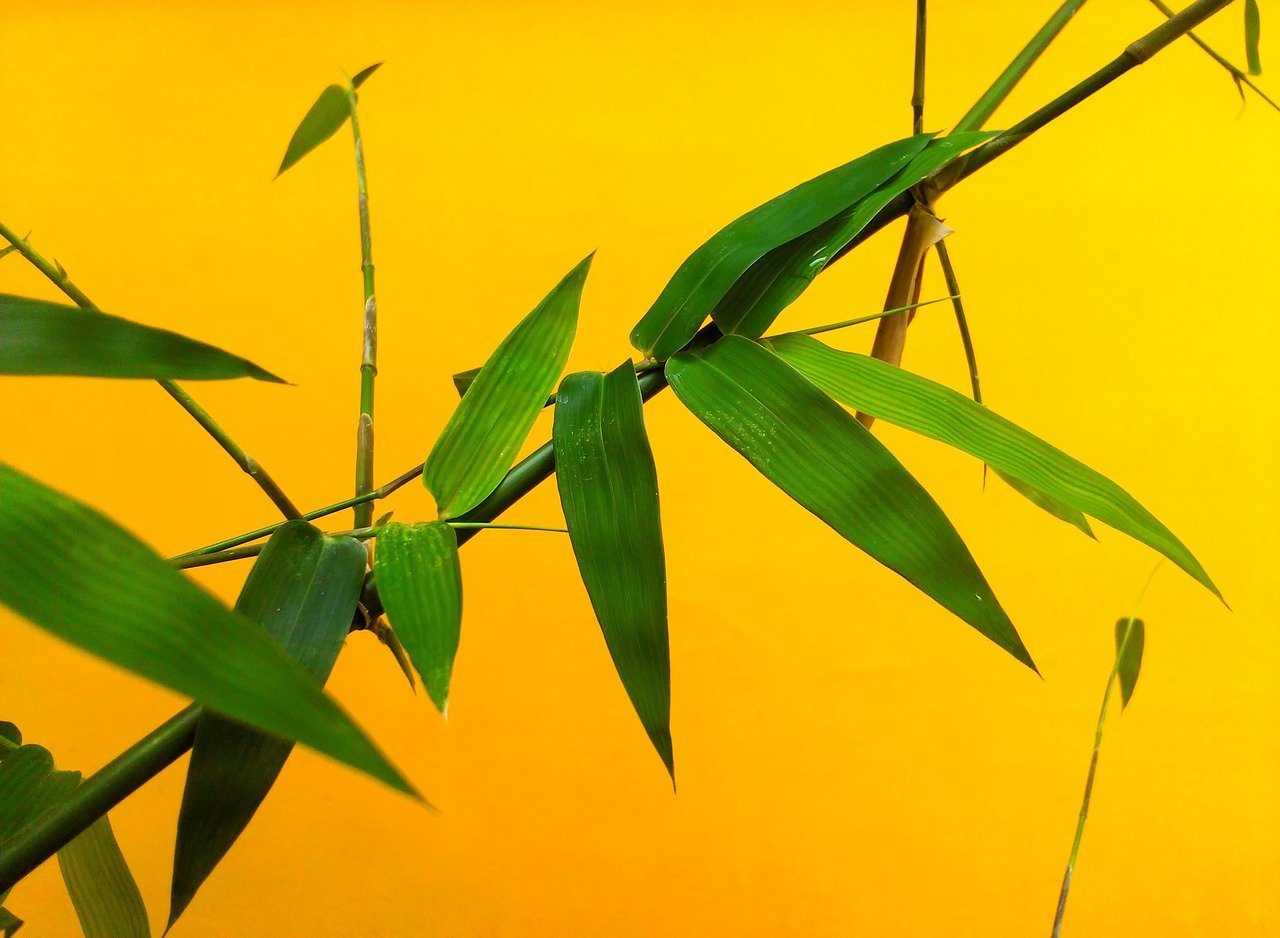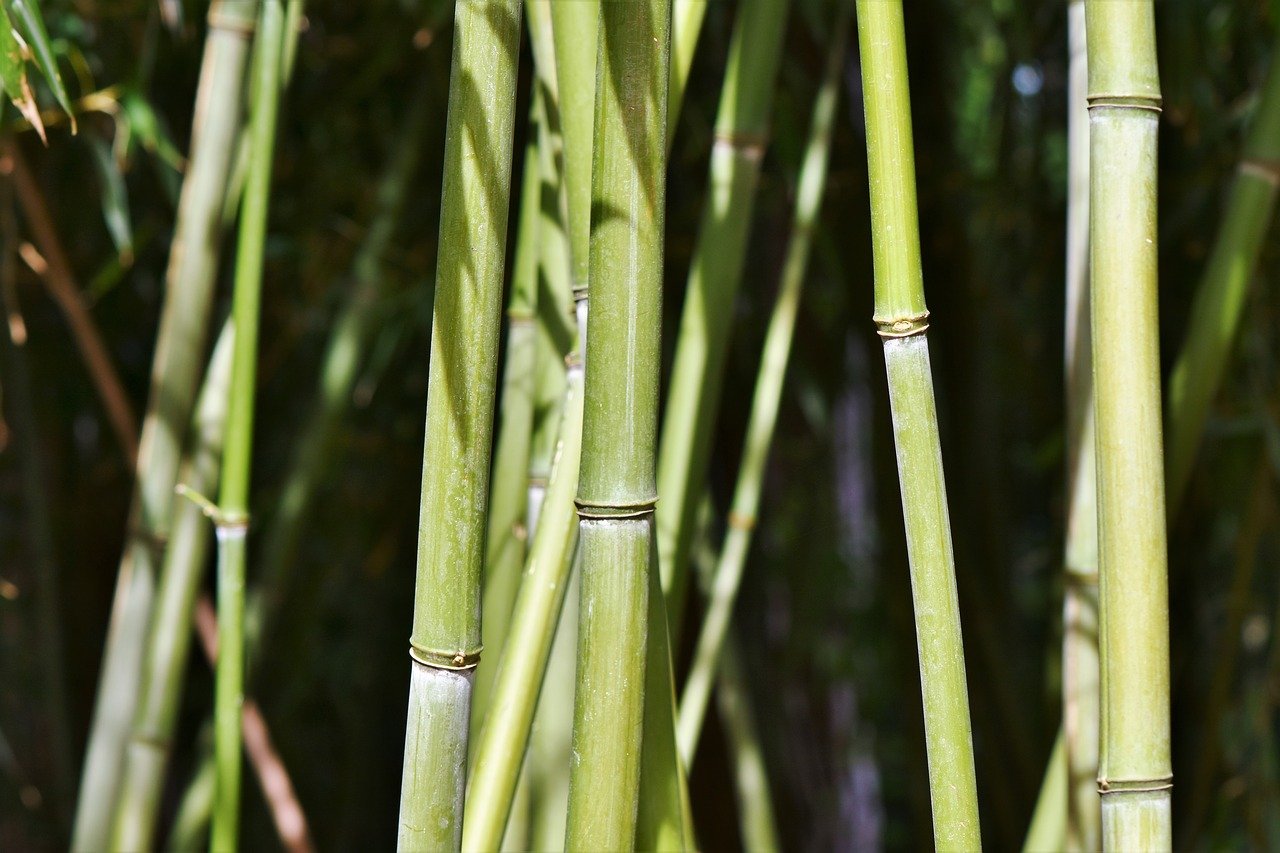Although bamboo is a relatively hardy plant, it can suffer damage and disease as much as the next plant. When a plant’s leaves turn yellow, there is always a reason behind it, whether that reason is a specific plant illness or a nutrient deficiency. But how to revive bamboo leaves turning yellow? Let’s look at whether this can be done, and the best ways to do so.
Why do bamboo leaves turn yellow?

There are a few reasons for the yellowing of bamboo leaves, and luckily most of these can be remedied.
1. Sunlight
Too much sunlight can be a cause of yellowing leaves. If your bamboo is growing in a pot, you can simply move it so that it is not in direct sunlight. If it is growing in the ground then it will be harder to reduce its sunlight, but you can rig up a shade or grow a tall plant beside it to reduce the amount of light.
2. Fluorinated water
Water that is heavily fluorinated can cause yellowing of bamboo leaves. You will need to water them with filtered water or rain water, and also remember to not water the plants from the top – just water the soil around them, with a watering can or hose pipe.
3. Age and natural decay
Age and natural decay can also cause leaf yellowing. If you notice a few yellow leaves then just trim them off so that they can be replaced with new growth. It is important to remove the old, dead leaves so that they don’t spread decay to any other parts of the plant.
4. Wrong position
A plant that is in the wrong position can also turn yellow and unsightly. Bamboo cannot thrive in heavy winds and driving rain, so make sure it lives in a position that is safe from the wind and the weather.
5. Excess of nutrients
Although you want to do the best for your bamboo, it is possible that it is getting an excess of nutrients. Too much good compost can actually have a detrimental effect on bamboo, so you really only need to add compost once a year.
6. Lack of nutrients
That being said, a lack of nutrients can also cause leaf yellowing. Make sure you give your bamboo patch a yearly application of well rotted compost or fertiliser, to ensure that the soil can support new growth.
This video explains why bamboo leaves turn yellow and how to fix it:
How to revive bamboo leaves turning yellow
- Bamboo plants like to live in well draining soil, so if their soil is too heavy then this may explain your leaf yellowing problem.
- If your bamboo is in a pot then you can change the soil and add more sand, to help the soil drain better. If it is in the ground, you can also do this – just be careful to dig the sand in deep enough without disturbing the roots.
- Another simple solution is to water less frequently, or even give it a spell where it is not watered at all, and see if this helps prevent the leaves from turning yellow.
- Conversely, bamboo does not like to be too dry for too long. If you suspect that the leaves are turning yellow due to lack of water, then up their fluid intake – making sure that you use filtered or rain water, as too much fluoride can make the leaves change colour too. Water around the soil, not over the top of the plant, as it is only the roots that need to drink.
- Bamboo is a tall plant, so it can easily be damaged in strong winds which will stress the plant and cause the leaves to turn yellow. Plant a windbreak to stop the prevailing winds, or move the pot to a more calm area of your garden.
- Bamboo leaves can also turn yellow due to a lack of nutrients. Bamboo likes a good yearly application of organic compost, to help it thrive at its very best.
- You can also leave any prunings from your bamboo scattered on the ground around the roots, as this will decompose into compost, and has the added bonus of helping the soil to drain better.
Preventing bamboo leaves from turning yellow

If you want to prevent your bamboo leaves from turning yellow, try the following:
- Keep it away from the weather. Not ALL the weather, obviously, but the weather that will stress the plant. Make sure your bamboo is safe from strong stormy winds and harsh storms that can cause damage to the plant.
- Ensure you are not overwatering. Too much water can cause rot, which will make the plant sick – water when the weather and the soil are very dry, and make sure your bamboo isn’t sitting in heavily waterlogged soil.
- Check the type of water you are using. Think of bamboo as the fussy customer at a restaurant; anything that is not filtered or rainwater will cause a reaction! Give this plant only the finest water and it will reward you.
Different types of bamboo
There are some species of bamboo that will naturally yellow as the season goes on, and others that stay green year round.
- Dwarf types will generally die back completely, and you may even find that they respond well to being completely cut back in the winter.
- The larger types should keep their leaves all year, and it is more of a concern if it this type that is starting to yellow.
Look up your particular breed of bamboo, and work out of yellowing leaves are something you need to worry about.
Final words
Bamboo leaves do turn yellow, for a variety of different reasons. It doesn’t have to be the end of the world, and it can be fixed – just follow a few of the ideas discussed above, and you can fix your problem and have a gorgeous bamboo screen in your garden for as may years as you want.





